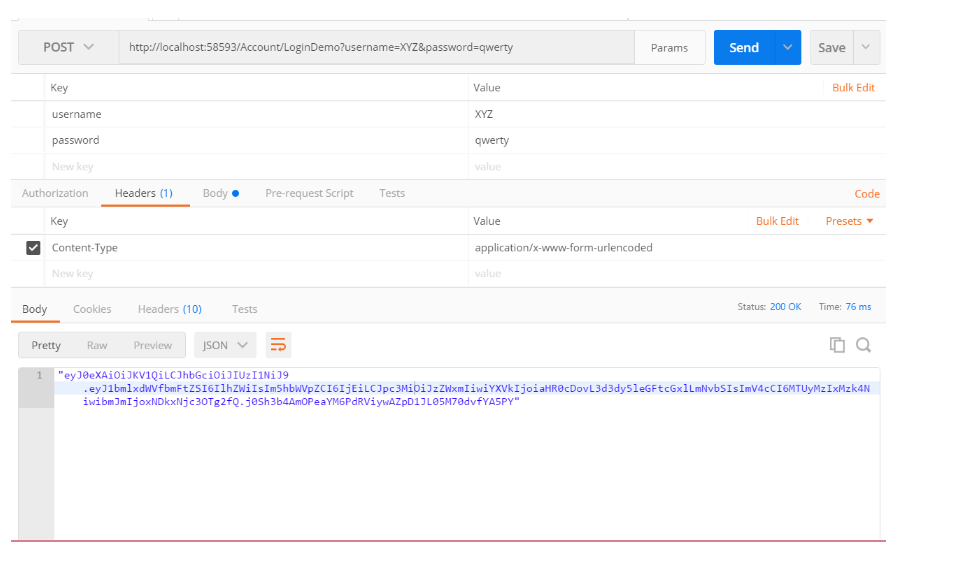Azure SQL Managed Instance

Azure SQL Managed Instance is the intelligent, scalable cloud database service that combines the broadest SQL Server database engine compatibility with all the benefits of a fully managed and evergreen platform as a service. Azure SQL database and Azure SQL Managed Instance are PaaS SQL Managed Instance provides support for instance-scoped features enabling easy migration of existing applications, as well as sharing resources among databases With SQL Managed Instance, confidently modernize your existing apps at scale by combining your experience with familiar tools, skills and resources and do more with what you already have. Azure SQL Managed Instance Connection String Server=test-azuresqlmanagedinstance-demo.public.43eb3ae38165.database.windows.net,3342;Persist Security Info=False; User ID=demouser;Password=demouser#1234;MultipleActiveResultSets=False; Encrypt=True;TrustServerCertificate=False;Connection Timeout=30; If you enable Public end point then we can access SQL Managed Insta
